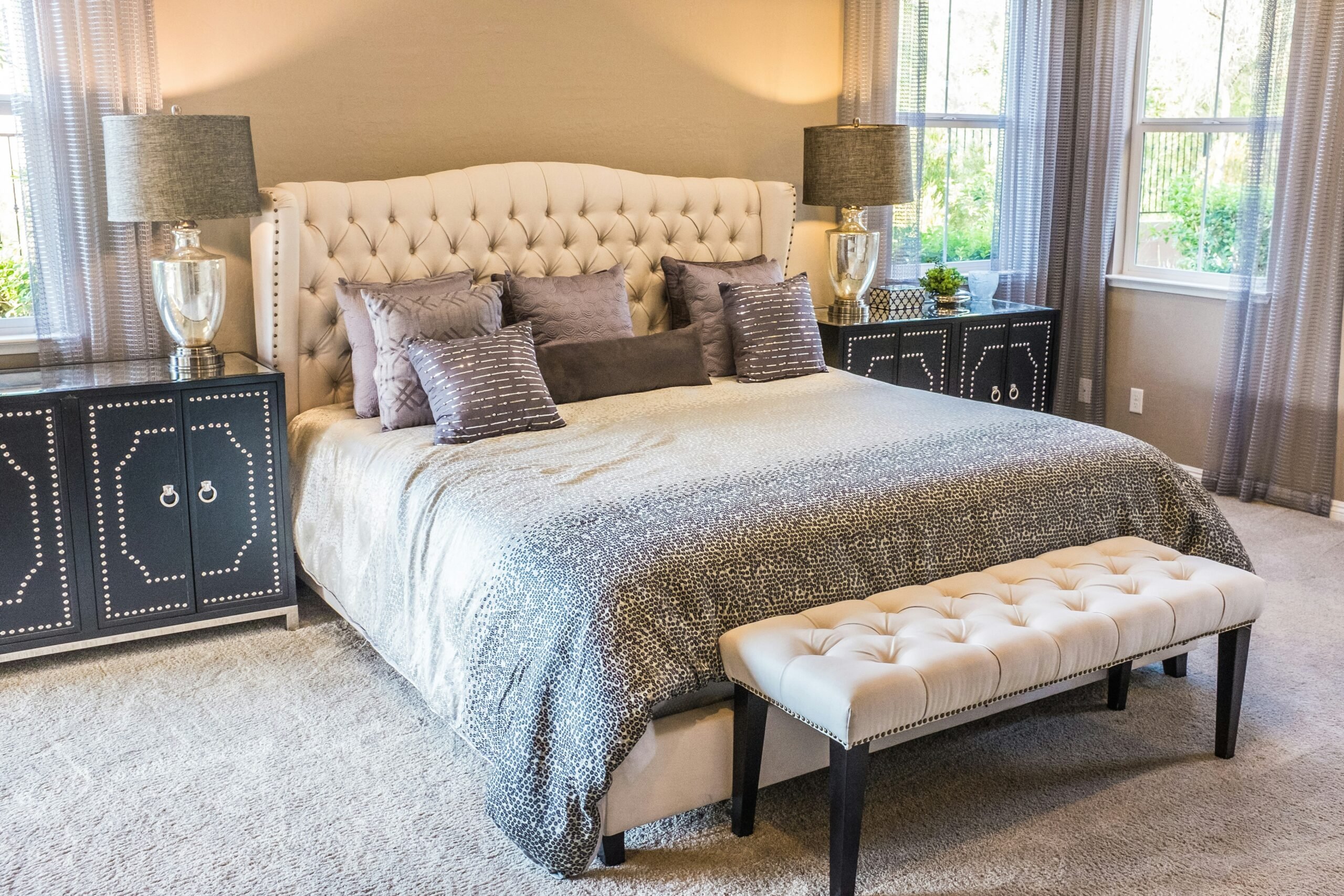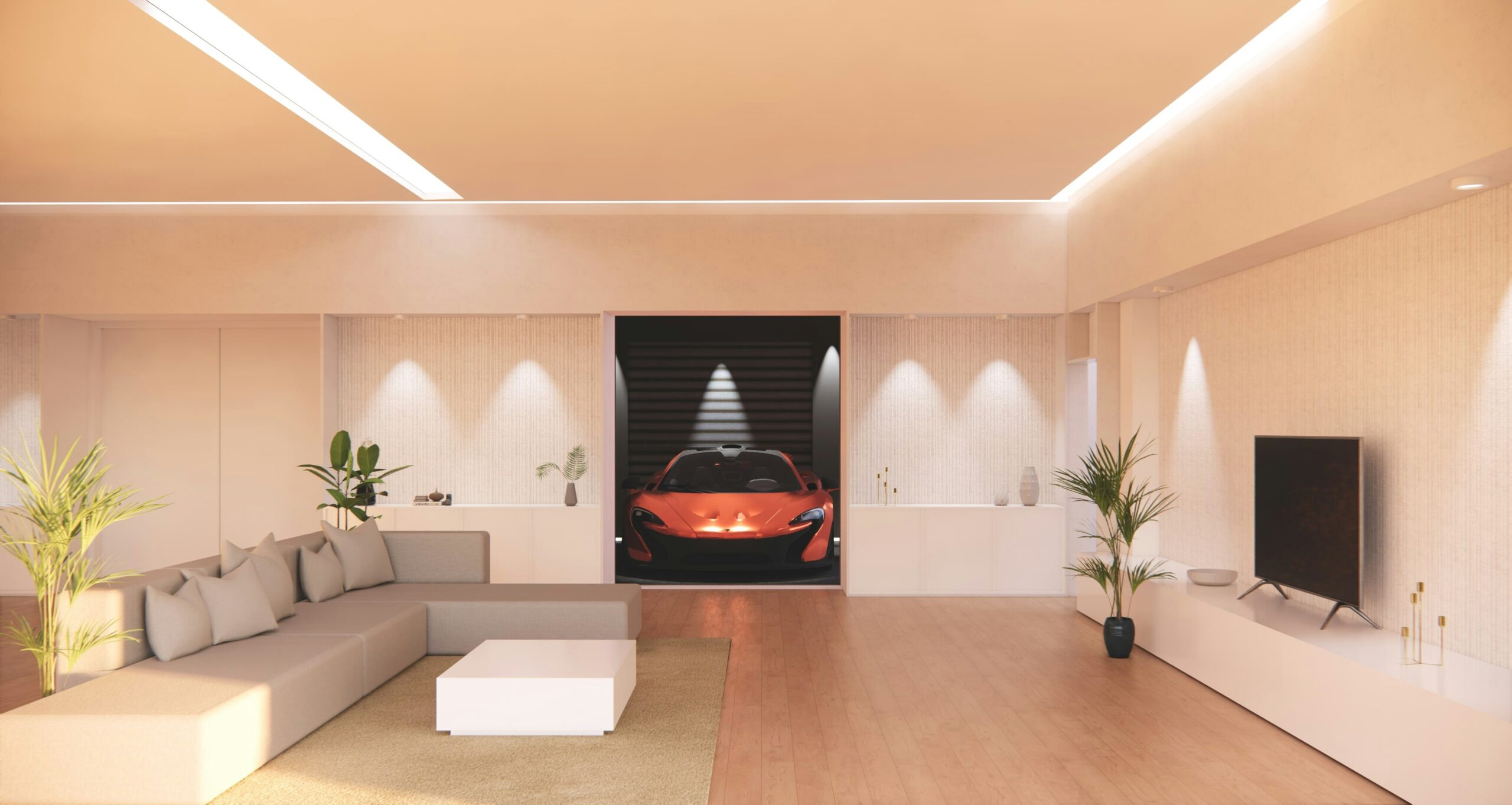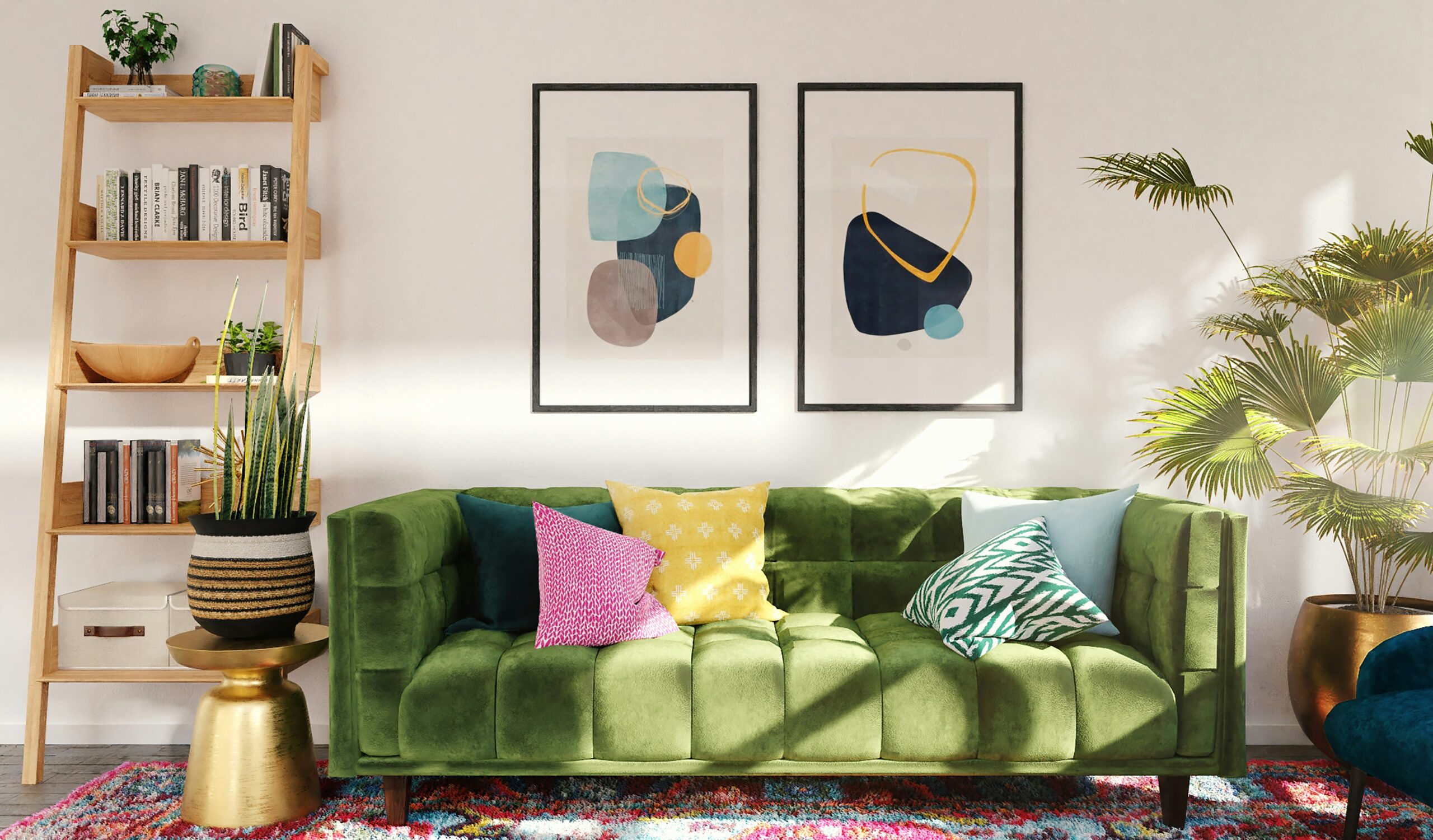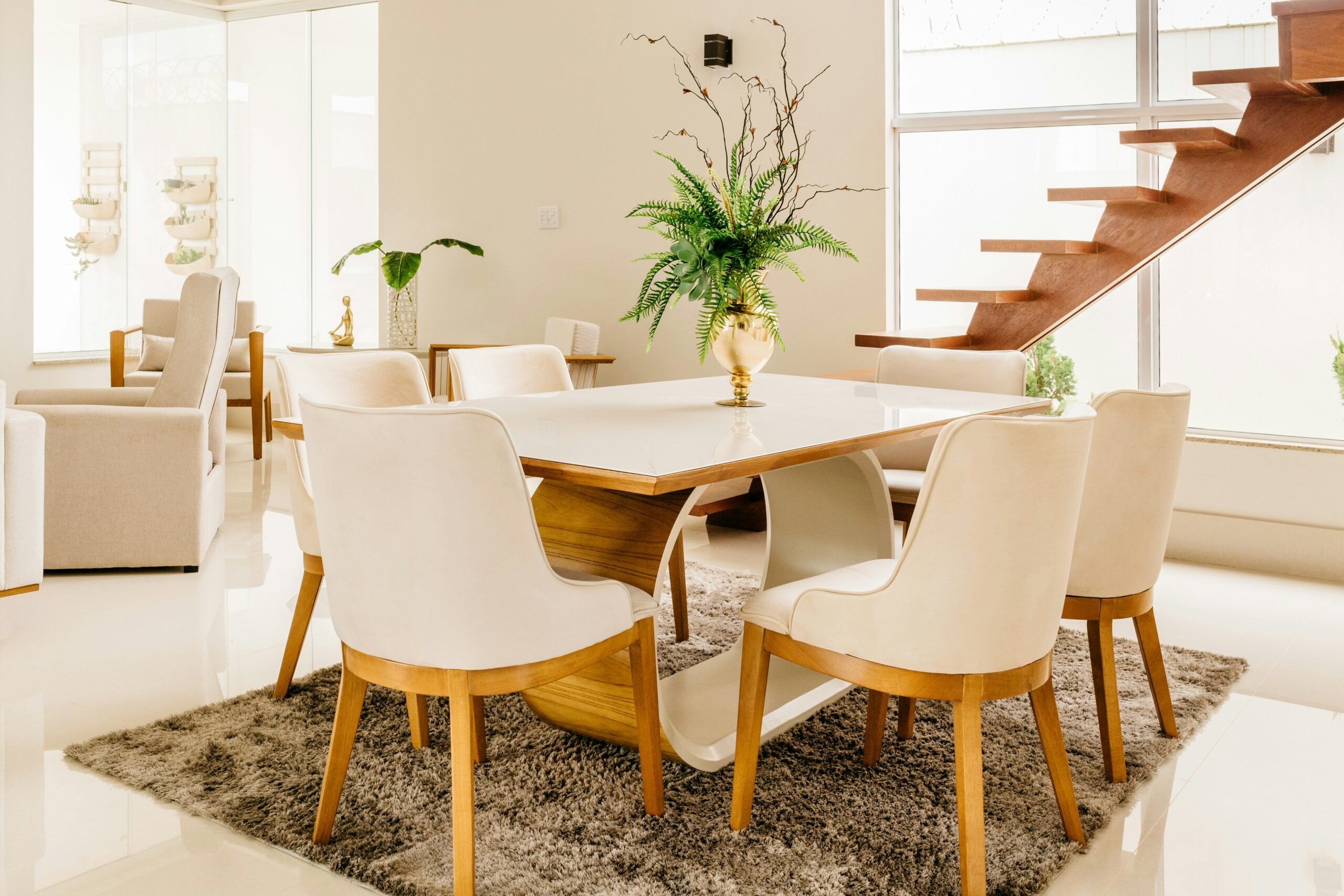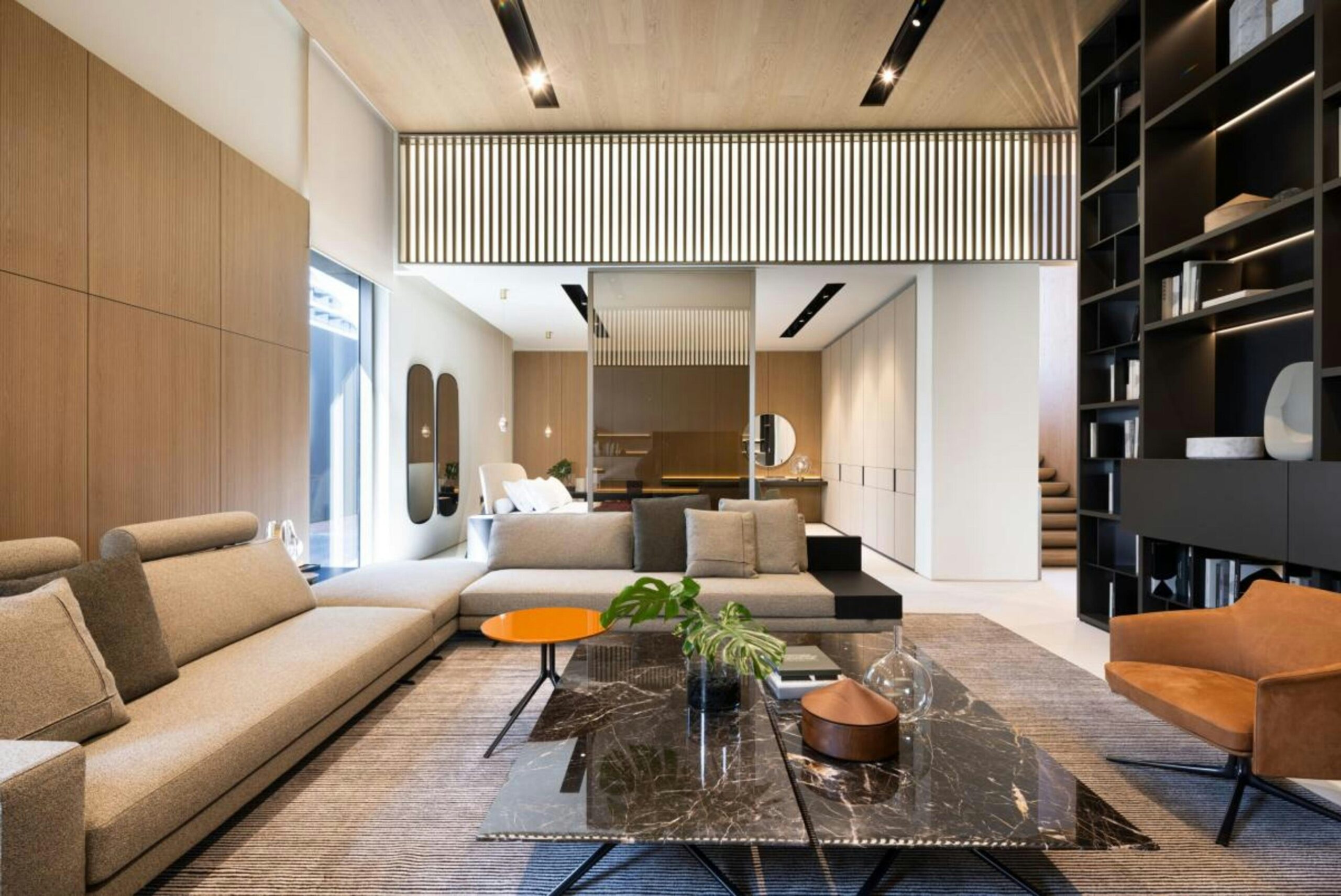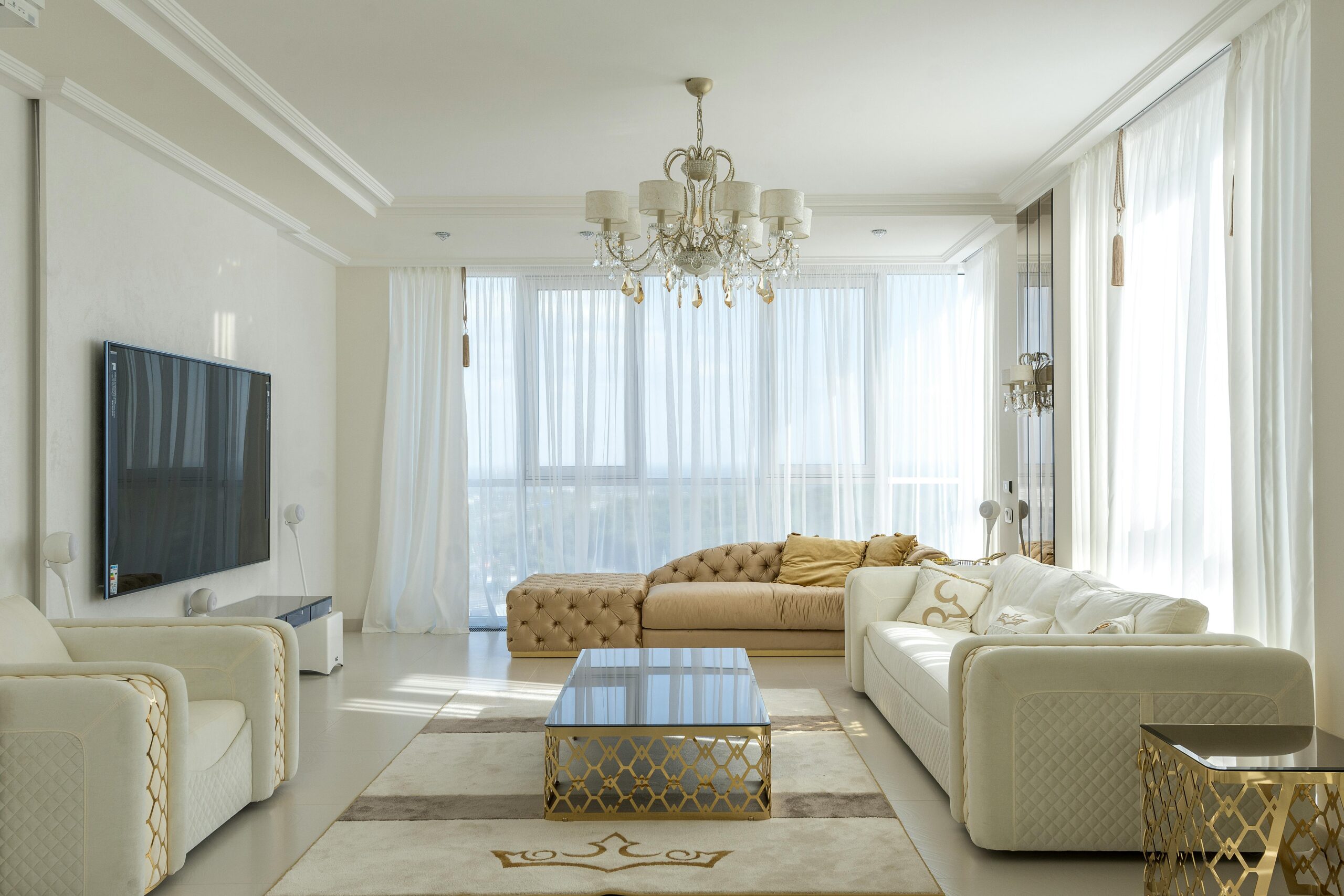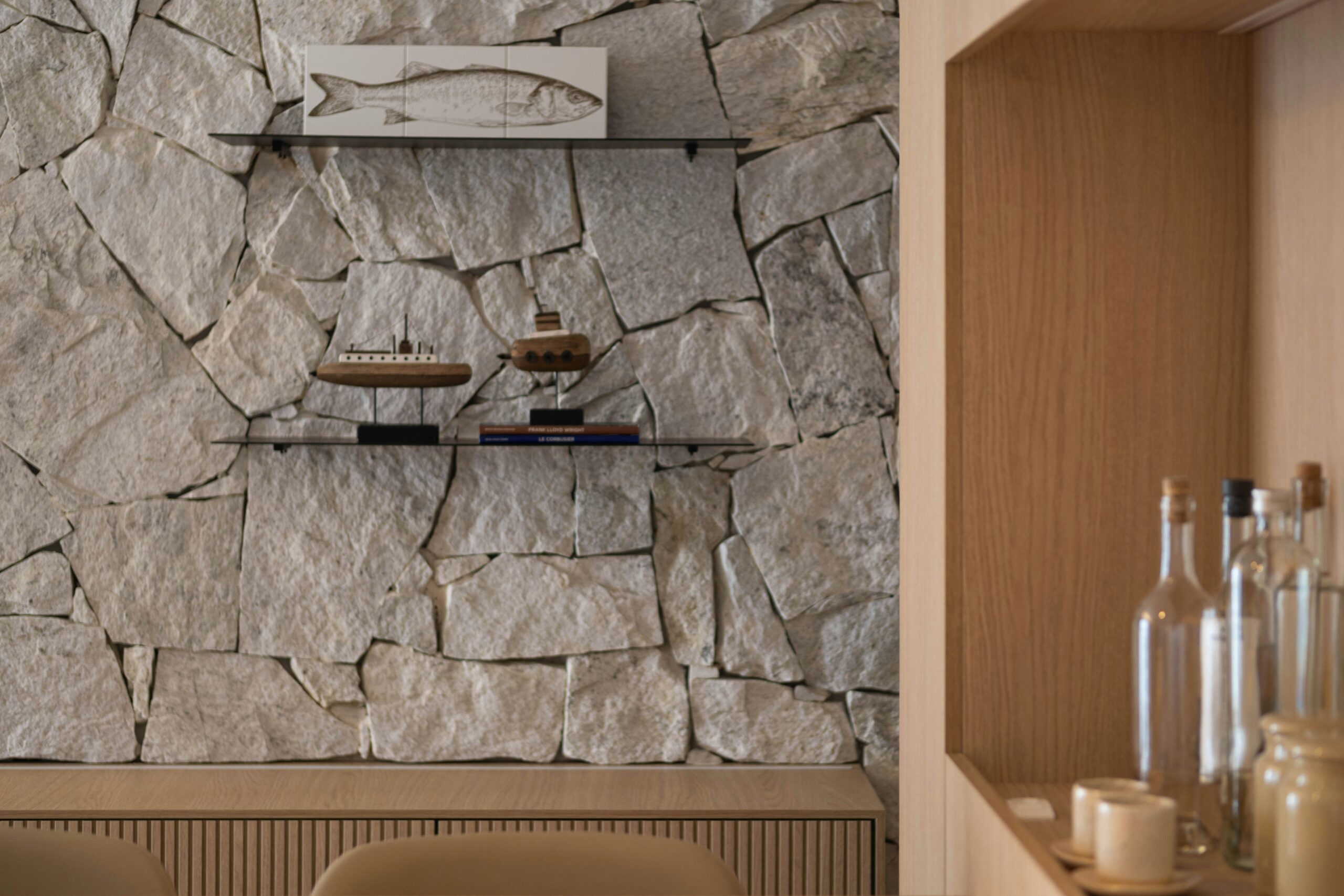Exploring different dining room wall decor ideas can and should be fun!
After all, the dining room is often the beating heart of a home–where friends, family and guests gather to share meals, stories and memories. To create as much of a welcoming and visually appealing dining space as possible, the right decor is critical.
In addition to furniture and table settings, dining room wall art offers extensive opportunity to infuse personality, style and sophistication.
In this blog, we’ll explore the significance of décor in dining rooms and present some creative ideas to inspire your approach to dining room walls.
Why Dining Wall Décor Matters
1. It Helps to Create Ambiance
Thoughtful dining room art and other decor can enhance and set the ambiance you’re looking to create. Whether you’re engaged in a casual weekday meal or hosting a festive gathering, the dining room wall art you choose will go a long way towards setting the tone you’re after.
2. It Helps to Create Visual Interest
Dining room walls are essentially blank canvases allowing you to showcase your personality through art, architectural elements or decorative accents. Apart from the appealing visual aesthetic of dining room decor, adding layers of visual interest and depth can transform an otherwise ordinary space into a captivating focal point to arouse interest in guests and family members alike.
3. It Helps to Express Personal Style
As a homeowner, you’ll likely want to infuse personal style into your dining room and incorporate decisions that reflect your preferences. That way, this central space of your home will feel uniquely yours and customised to suit your lifestyle. Whether you opt for family photos or cherished family heirlooms, there’s almost no limit in how you can use decor to infuse personality and warmth into the room.
Creative Ideas for Your Dining Room Wall Decor
Struggling for some ideas? We’ve got some inspiring and creative ideas to help get you started designing the dining room of your dreams!
Gallery Walls
Gallery walls offer boundless creative potential. Curated collections of artwork, collages of family photographs and even tastefully framed prints are all wonderful options for your dining room wall. There’s also an opportunity to mix and match different styles, sizes and frames to create a visually dynamic and engaging display.
Mirrors
Mirrors are simple and yet effective statement pieces for dining wall decor. Apart from the benefits it brings by expanding the sense of space and reflecting natural light, a decorative mirror with an ornate or minimalist frame can perfectly complement the rest of your interior design aesthetic.
Wallpaper
Wallpaper accents allow you to introduce a pattern, colour scheme and even texture into your dining room. There are plenty of bold prints but there’s no reason why a subtly textured wallpaper or timeless, low-key design can’t add a huge amount of visual interest without risking overwhelming the dining space.
Floating Shelves
Floating shelves are stylish, fashionable and highly functional. Without taking up precious floor space, these shelving units provide plenty of surface area to display decorative objects–think vases, candles and pottery–and serve as a visual statement piece in and of themselves. How? By experimenting with asymmetrical arrangements or different height levels you can bring a complex aesthetic to an otherwise barren dining room wall.
Plants and Greenery
Botanical themed decor is a fantastic option for dining areas. By incorporating greenery into the room, you can help transform the room into a living, bright space. Not only does this add a touch of nature, but it can also improve air quality and ensure a calming atmosphere. Whether you’re keen on a ‘living wall’ or would prefer something more subtle like a hanging plant or two, botanical accents make for a wonderful dining wall decor.
Statement Lighting
Lighting in a dining room is highly functional, by necessity. But statement lighting doesn’t have to be. You can incorporate striking light fixtures on your dining room walls to help set a tone and create an ambience of sophistication, comfort and luxury. There’s plenty of lighting designs and styles available so you’re bound to find one that complements your overall decor style and preferences.
Wall Panels
Wall panels are an easy way to add a semi-architectural interest and depth to your dining room walls. Textured panels in particular come in a range of colours and patterns so you can use them to create effect in tying the room together stylistically. Of course, there’s no reason–and often plenty of reason not–to add wall panels from floor to ceiling and throughout the dining room. But a single feature wall can go a long way in elevating the space visually.
Metallic Accents
Metallic accents, such as gold or copper wall sconces, mirrors, frames and artwork, are a low-key and yet highly effective way to add warmth and sophistication to your space. Metallic finishes also work to reflect light and create a sense of overall luxury, both of which are welcome additions in just about any dining room.
Stone Cladding
Natural stone, such as granite or marble, isn’t just a highly functional and durable material. It’s a wonderful option for subtly enhancing your dining room wall art. Add a touch of timeless elegance with a natural stone veneer or incorporate visually interesting aesthetics with stone panels. The wide range of colours, patterns and styles means that you can achieve everything from a rustic look to glamorous sophistication with natural stone cladding.
Want to Talk More Dining Wall Decor?
Incorporating creative dining area wall décor into your home can elevate the overall look, the general feel and the level of personalisation. With the right dining room art and decor, you can transform the space into an inviting, iconic and interesting gathering place for your loved ones.



